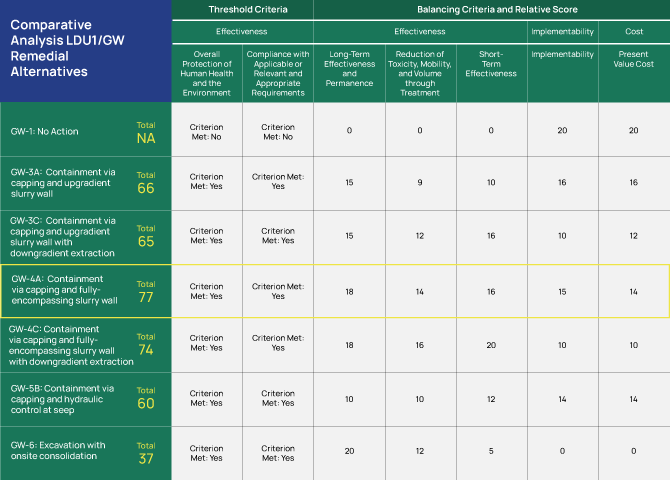Aluminum production began at the Anaconda Aluminum Reduction Works near Columbia Falls. At the time, the plant was owned by Anaconda Copper Mining Co., and initial construction consisted of two pot lines with an annual capacity of 67,500 tons.
Administrative Order of Consent
EPA and CFAC agreed that CFAC would conduct a remedial investigation/feasibility study (RI/FS) in accordance with EPA guidelines to investigate the site for contamination and develop and evaluate options to address the issues.


